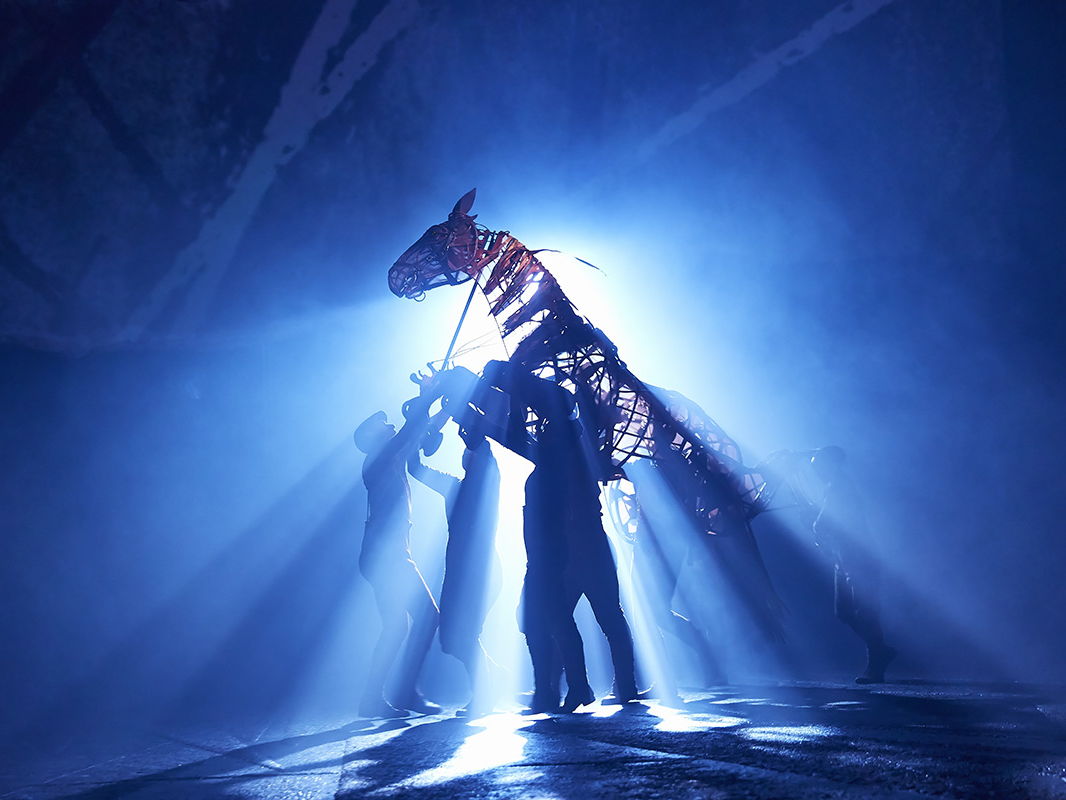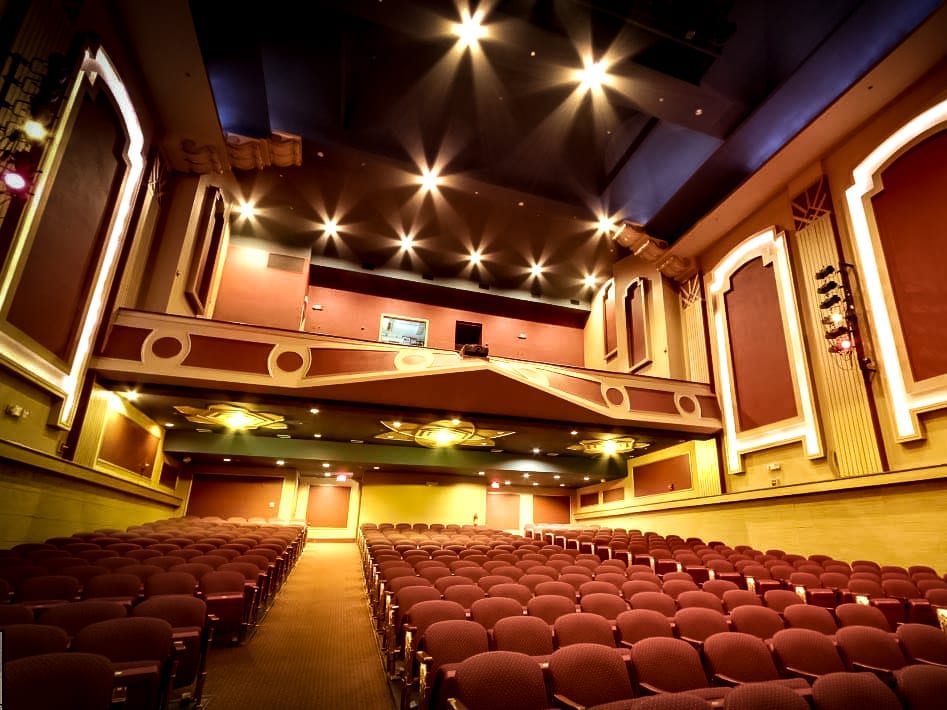Resources included (2)
Lighting. Just like sound consists of waves that are received by our ears, light is simply higher-frequency wavelengths that are received and interpreted by our eyes. And just like sound, the waves can be chaotic or ordered, random or thoughtful. And with creative forethought, those wavelengths and their combinations can be creatively arranged to enhance moods. The performance of light, just like music and sound, can be an art form. But before you can rise to the level of artful expression, you must master the fundamentals. The same way that a musician must master scales and rhythms on a musical instrument, mastery of light demands an understanding of lighting instruments and their purposes. To begin that journey of crafting light as a performance-enhancing tool, let’s start with the rudiments of light.
Lights allow us to see. Have you ever watched a performance in a cave, completely absent of light? Of course not. Visible wavelengths of light are required for us to see.
Lights allow us to create a mood or craft an atmosphere. There are no hard-and-fast rules to create mood. It’s a creative process that hopefully supports a story or song.
Lights need to enhance and balance all the components of a stage performance. Where is the focus on the stage? What should be highlighted? What should be de-emphasized? Consider all the pieces and their priorities when creating a composition and painting the area with light.
Lights can create plausibility or reality to draw an audience into a time period and out of the hall or auditorium where they presently reside. A play or performance set in the distant past can use dim lighting to mimic the time period when interiors were illuminated by candles.
Lights can reinforce the mood or action of a performance. Whether it’s music, a story, a dramatic interpretation — lighting can elevate the performance through the use of color, angles, intensity, and effects.
Lights can sculpt actors and musicians and make them seem larger-than-life, drawing them into the foreground and setting them apart from a two-dimensional stage.
That covers the purposes of lighting. Now let’s discuss how we accomplish lighting goals by defining the tools of the trade. Here’s a short guide to the lighting instruments (fixtures or units) in the lighting designer’s tool kit.
Something went wrong, please try again later.
This resource hasn't been reviewed yet
To ensure quality for our reviews, only customers who have purchased this resource can review it
Report this resourceto let us know if it violates our terms and conditions.
Our customer service team will review your report and will be in touch.


